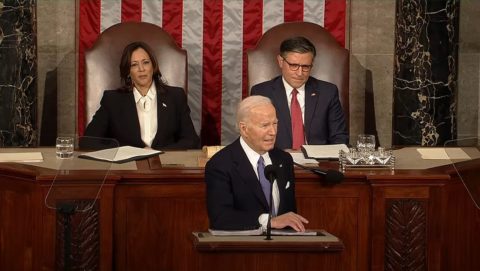Thanks for your patience the last few days … I’m now halfway through Grad Szn. Next stop: McGill University.
If you want to search Cost Curve back issues or link to anything you read here, the web links and archive are online at costcurve.beehiiv.com. You can subscribe there, too.
I’m glad that the Wall Street Journal put a human face on the financial burdens associated with cancer care. It’s in anecdotes like the ones collected for this morning’s piece that really show the seams in America’s health care system, and it’s rare to find someone who doesn’t have a similar story.
The article functions more as a description of the problem than an effort to define solutions. Or even, really, to assign blame. There is some boilerplate about rising prices for new cancer drugs (all true), along with boilerplate about how the patients are generally not responsible for those costs (also true). But that doesn’t really get us where we need to go.
No insurance companies are quoted, nor are any hospital officials. There’s scant discussion of insurance design, and nothing on patient assistance in any form, Medicaid expansion, or whether more thoughtful use of 340B dollars could ameliorate any issues.
That’s not taking away from the journalism, only suggesting that there are a lot of places where we can continue to ask questions. The spotlight here is welcome, but only if we use the illumination to get work done.
This is a great examination of net prices in Medicare Part D in JAMA Health Forum. It’s not great because the data is clear and unimpeachable. It’s great because it gives an interesting lens into how the author views drug pricing.
The author, Tamara Hayford, is an analyst at the Congressional Budget Office, so understanding how the group thinks about the drug industry is not unimportant. Hayford’s big conclusion is that specialty drug prices are skyrocketing, up more than 13% a year, on average, between 2010 and 2019.
But that’s not a straight line. Net prices were up big early in the study period, but after 2015 specialty drug price increases fell to only 2.7%, which is inflation-esque growth. Hayford takes pains to emphasize this was hep C driven, even showing the figures with hep C stripped out. But hep C is a part of the trend, and it’s not entirely fair to remove outliers to make your numbers fit a narrative better.
And there are indeed two narratives here.
One is that specialty drug prices are growing in an out-of-control fashion. The other is that, over the second half of the last decade, net prices increases lessened substantially (a trend that’s likely continued after the study period ended).
Guess which narrative the CBO picked?
There’s more good news on the use of obesity medicines to treat other chronic diseases. In this case, it’s kidney disease. I hate to keep saying the same thing, but these are cost-effective treatments that will only look like a better value as the outcomes data rolls in. Arguing otherwise is going to look real silly. The real question here is “how should we pay for clearly cost-effective interventions?” but no one seems to be as interested in that.
While I’m apologizing for saying the same thing: the great unanswered question about the first round of IRA price controls is not “what will the ‘negotiated’ prices be?” but “what kind of games will PBMs play?” On that second question, it’s clear that cardiologists are real worried about utilization management being deployed by insurance companies. That’s made plain in this Real Clear op-ed by Seth Baum, the former president of the American Society for Preventive Cardiology.
This, from JAMA, is a nice explainer on the CMMI gene therapy pilot — the one where the feds will help state Medicaid contract around gene therapies — which highlights both the promise and some of the operational hurdles.
I don’t know enough about polling to explain why Gallup’s numbers on pharma industry favorability are generally stable (but, um, falling) while Axios/Harris — which dropped their latest last week — shows wild gyrations in reputation. I feel like Gallup tends to describe what I hear on a daily basis, but I live in a unique bubble.
If you remove financial hurdles, people are more likely to access the health care they need. This concept — shown again in an analysis of shingles vaccine use following a new IRA policy that made the vaccine available for free in Medicare — ought not be a revolutionary statement. Still, every day, insurance companies add meaningless financial speed bumps.
This Real Clear piece by former Senator Pat Toomey makes the case that PBMs are responsible for the great advances in insulin access over the past few years. The argument is in service of a campaign against insulin price caps.
An effort to craft a new treaty dictating how the world will respond to pandemics has been derailed, as negotiators were unable to come to a consensus before the World Health Organization’s annual assembly. But the concept itself isn’t dead, so you’ll no doubt hear more. Especially about the central conflict, which involves whether/how vaccine supplies will be reserved for low- and middle-income countries.
Header image via Flickr user e-Magine Art.





